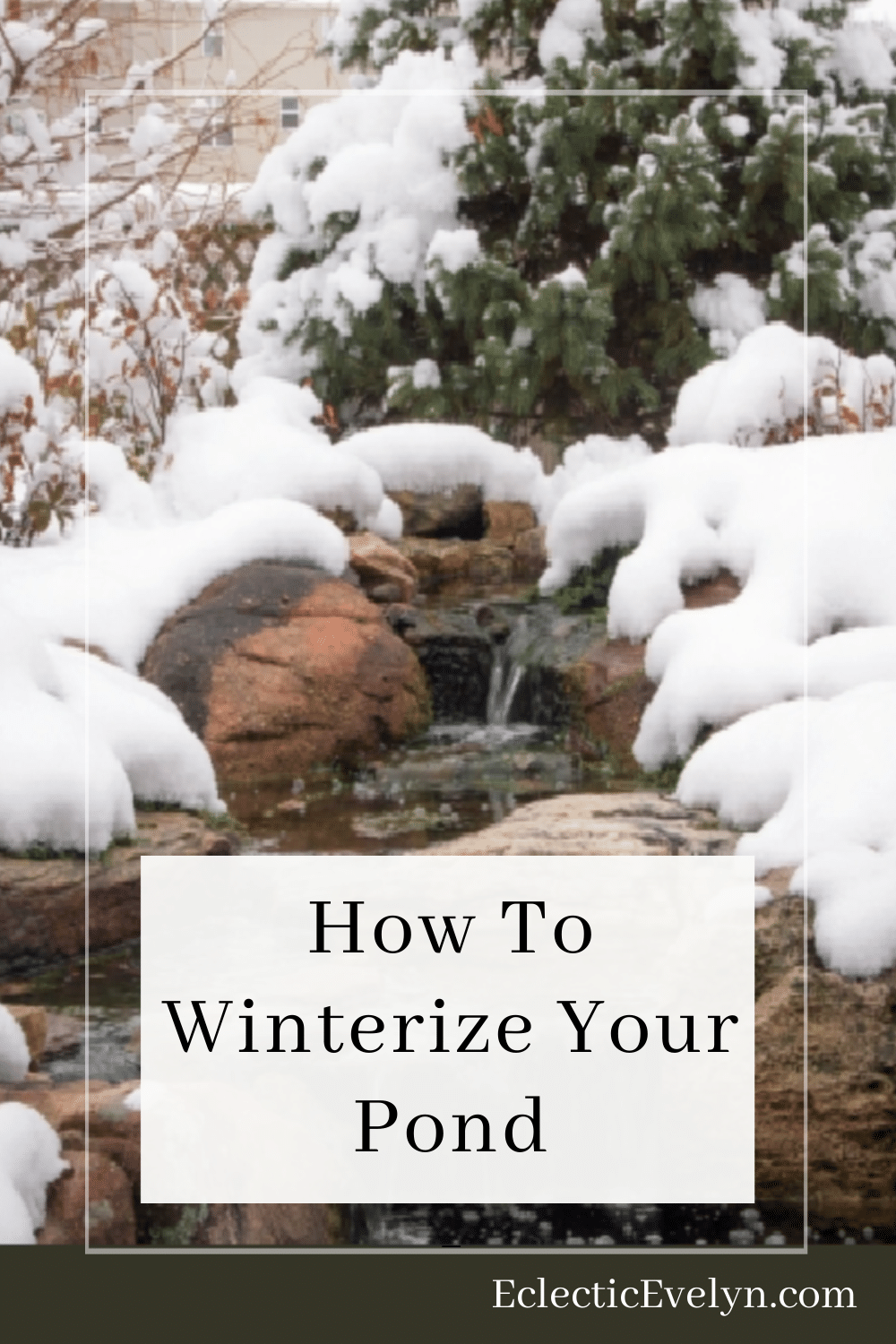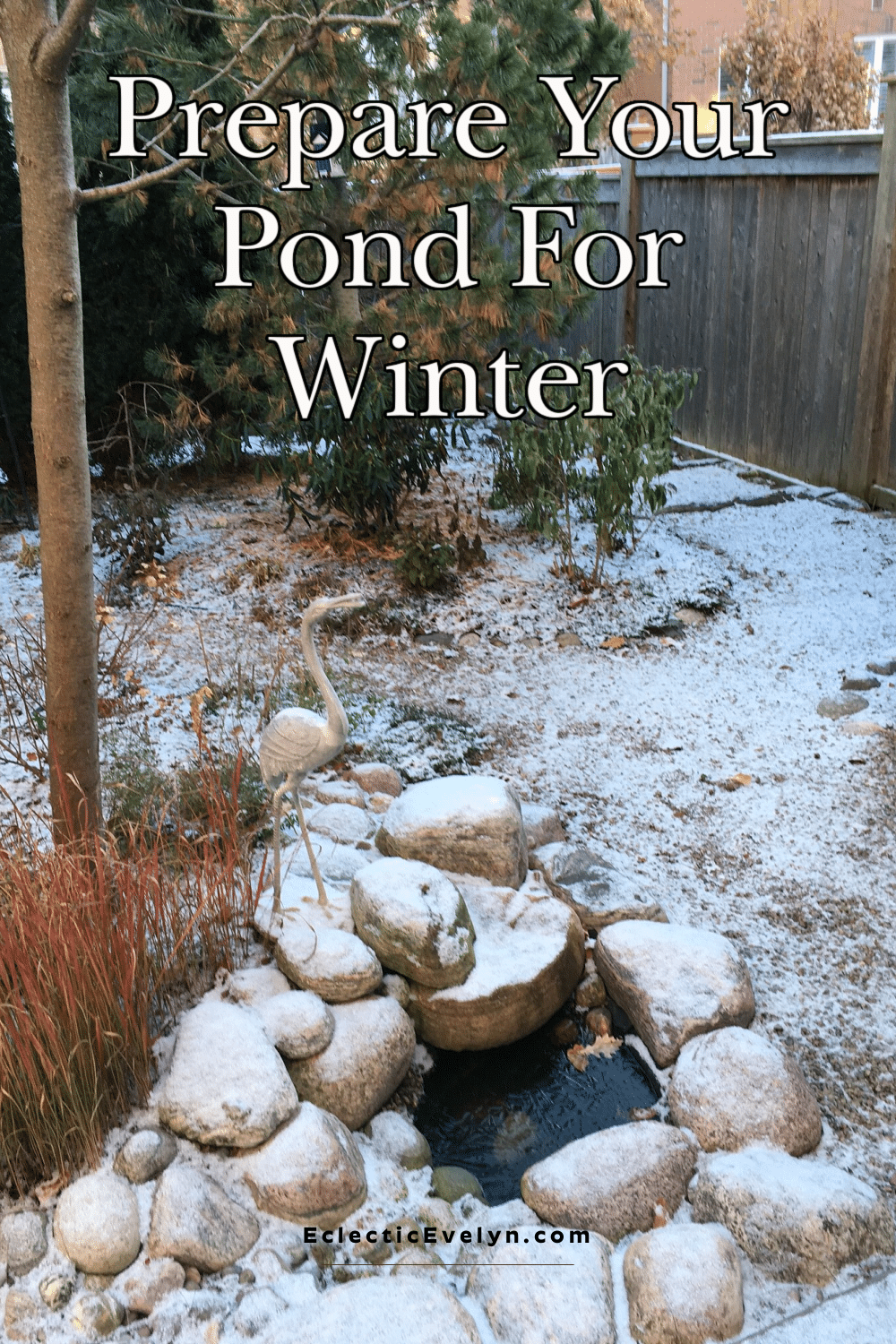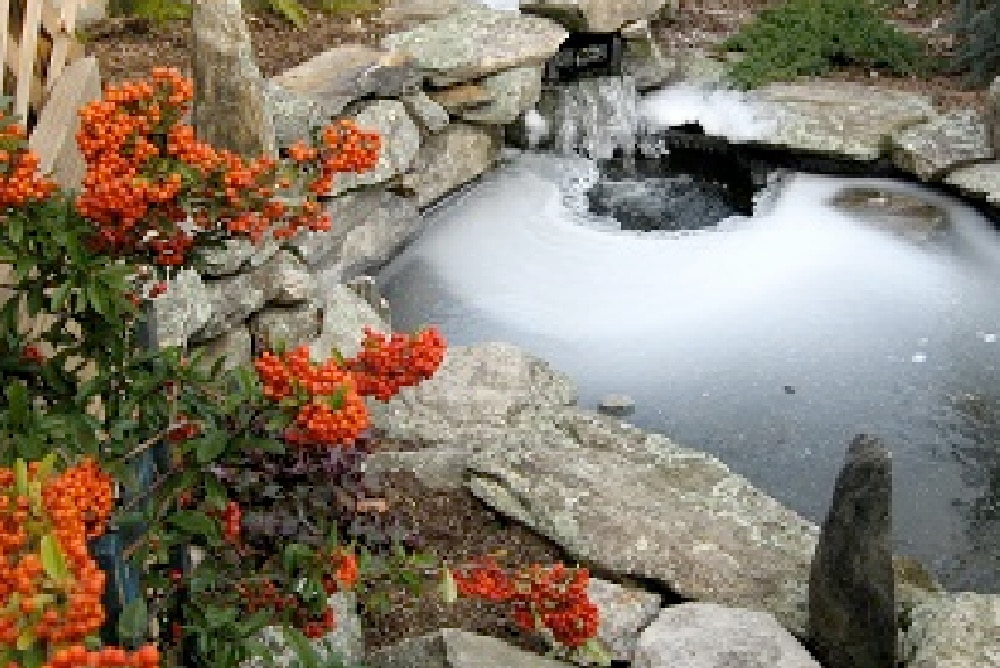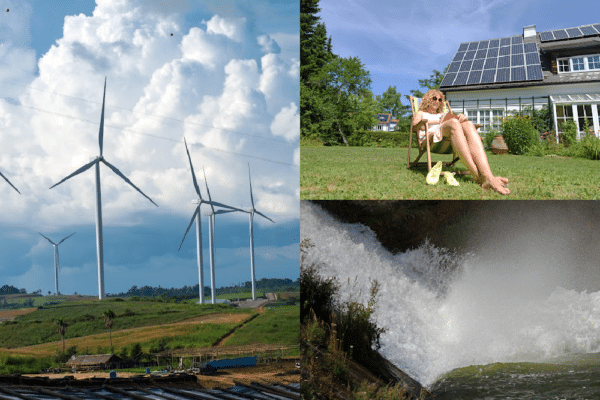A backyard pond is a beautiful addition to any landscape, offering tranquility, a natural aesthetic, and a thriving ecosystem for plants and wildlife. However, as the seasons shift and temperatures drop, the arrival of winter presents unique challenges. Ponds in cold climates are especially vulnerable to freezing temperatures, which can harm aquatic life, damage equipment, and disrupt the delicate balance of the ecosystem. Proper preparation is essential to ensure that your pond weathers the cold months safely and emerges healthy and vibrant in the spring.
Learning how to winterize your pond is critical for protecting your investment. Whether your pond is home to fish, plants, or simply a feature of your landscape, winterizing is about more than aesthetics—it’s about maintaining a balanced environment, safeguarding equipment, and setting yourself up for a smooth transition into spring. In this guide, we’ll walk you through the essential steps to winterize your pond, from cleaning and plant care to equipment maintenance and wildlife protection.
Clean the Pond Thoroughly
Cleaning your pond is the first and most important step in preparing for winter. A dirty pond filled with leaves, algae, and organic debris can cause significant problems during the cold months. As debris breaks down under the ice, it releases harmful gases that can be toxic to fish and other aquatic life. Additionally, excess debris can lead to poor water quality, making spring maintenance much harder.
Here’s how to clean your pond effectively:
1. Remove debris: Use a pond net to scoop out leaves, twigs, and any other organic matter that has accumulated on the surface or bottom.
2. Scrub surfaces: Use a pond-safe scrubber to clean rocks, the liner, and other surfaces to remove algae and grime.
3. Perform a partial water change: Replace about 25% of the pond water with fresh, dechlorinated water to improve its overall quality.
By starting with a clean pond, you’re creating a healthy foundation that will make the rest of the winterizing process much easier.
Winterize Your Pond Plants
Aquatic plants are an integral part of your pond’s ecosystem, but they require special care to survive freezing temperatures. Without proper attention, many plants will die off, leaving you with a mess to clean up in the spring and a need to replace them. Caring for plants now ensures they thrive and contribute to the pond’s beauty and health next year.
Follow these steps to prepare your plants:
1. Trim hardy plants: Cut back the dead or dying foliage of hardy plants to about 1–2 inches above the crown. Then, move their pots to the deepest part of the pond to protect them from freezing.
2. Remove tropical plants: Tropical plants cannot survive freezing temperatures. Overwinter them indoors by placing them in a container with water or moist soil.
3. Dispose of floating plants: Plants like water hyacinths and water lettuce typically cannot survive the winter. Compost them to prevent them from decaying in the pond.
Taking these measures will keep your pond’s plant life healthy and ready to grow once warmer weather returns.
Protect Fish and Wildlife
If your pond is home to fish or other aquatic life, ensuring their survival through the winter is a top priority. Fish need proper oxygen levels and protection from freezing temperatures to survive. Wildlife such as turtles may also need extra care during this time. By addressing these needs early, you can help your pond’s inhabitants stay safe and healthy.
Here’s what to do:
1. Check the depth of your pond: Ensure it’s at least 18 inches deep to prevent freezing solid, which could harm fish.
2. Adjust feeding: Gradually reduce feeding as temperatures drop below 50°F and stop entirely once they dip below 40°F. Fish’s metabolism slows in cold water, so they don’t need as much food.
3. Install an aerator or de-icer: Keeping a section of the pond ice-free allows for oxygen exchange and prevents harmful gases from building up under the ice.
Providing proper care for fish and wildlife is one of the most rewarding aspects of learning how to winterize your pond.
Winterize Your Pond Equipment
Your pond’s equipment, including pumps, filters, and UV clarifiers, is essential for maintaining water quality and circulation. However, freezing temperatures can damage this equipment if it’s not properly handled. Deciding whether to shut it down or keep it running depends on your climate and preferences, but maintenance is critical either way.
Follow these steps to protect your equipment:
1. Shut down and store equipment: In areas with harsh winters, turn off the pump, filter, and UV clarifier. Clean them thoroughly and store them indoors to prevent freezing damage.
2. Keep the pump running: If you decide to run your pond year-round, ensure the pump is winter-ready and place it in a deeper section of the pond to avoid freezing.
Taking these precautions ensures your equipment stays in good condition and functions properly when you need it again.
Prepare the Pond Structure
The physical structure of your pond faces significant risks during the winter due to the natural expansion of ice. As temperatures drop, water within and around your pond freezes, and ice expands with considerable force. If your pond is not properly prepared, this expansion can lead to a variety of issues, including cracks in the liner, shifting of rocks along the edges, and damage to decorative features such as waterfalls or fountains.
These structural damages not only compromise the appearance of your pond but can also disrupt its ecosystem and lead to costly repairs. Ice expansion may cause leaks that drain water from the pond, leaving plants and fish at risk. Decorative features like waterfalls can suffer irreversible damage if water freezes in their channels, potentially requiring complete replacement. Taking steps to protect your pond’s structure is an essential part of winterizing, ensuring it remains functional and intact when spring arrives.
Here’s how to safeguard your pond structure:
1. Lower the water level: Reduce the water level slightly to provide space for ice expansion, which helps prevent stress on the liner or walls.
2. Drain waterfalls and streams: Turn off and drain these features to prevent ice from forming and causing cracks.
Taking care of your pond’s structure now will save you from costly repairs in the future.
Cover the Pond
A pond cover serves as a barrier against debris and snow, keeping your pond clean and reducing the work required in the spring. A well-fitted cover can also provide insulation, helping to maintain a stable environment for fish and plants.
Here are your options for covering your pond:
1. Use netting: A sturdy, fine mesh net will keep out leaves and other debris. Secure it tightly around the edges to prevent it from sagging into the water.
2. Install a pond dome: For small ponds, a dome or cover offers insulation while allowing light and air circulation.
Covering your pond is an easy but effective way to protect it during the winter.
Monitor Your Pond Throughout Winter
Even after you winterize your pond, it’s important to check on it periodically to ensure everything is functioning as expected. Unexpected problems can arise, such as equipment failures or heavy snow causing damage. Regular monitoring ensures your pond remains in good shape.
Key tasks include:
1. Inspect aerators and de-icers: Make sure they’re running properly to maintain oxygen levels.
2. Clear debris from the cover: Remove snow and leaves to prevent the cover from sagging or collapsing.
3. Refill water as needed: Evaporation can occur even in winter, so topping up the pond helps keep equipment running smoothly.
A little effort over the winter will pay off when spring arrives and your pond is ready to shine.

Taking the time to winterize your pond is not just about protecting it during the colder months—it’s about ensuring the long-term health and beauty of your water feature. A well-prepared pond weathers the harshest winters without structural damage, maintains a safe environment for fish and plants, and requires far less work to restore in the spring. Proper winterizing also helps to prevent costly repairs, such as fixing cracked liners, replacing damaged equipment, or reviving a pond ecosystem that suffered during the cold. By dedicating a little extra care now, you’ll preserve the integrity of your pond and keep it thriving for years to come.
Remember, winterizing your pond is more than just a seasonal chore; it’s an opportunity to connect with your landscape and invest in its well-being. From cleaning and preparing plants to protecting fish and maintaining equipment, each step contributes to a balanced and healthy ecosystem. By learning how to winterize your pond effectively, you’ll enjoy peace of mind during the winter months, knowing that your pond is ready to endure the cold and bloom back to life in the spring. When warmer weather returns, your pond will reward your efforts with its full beauty and vibrancy, enhancing your outdoor space once again.






